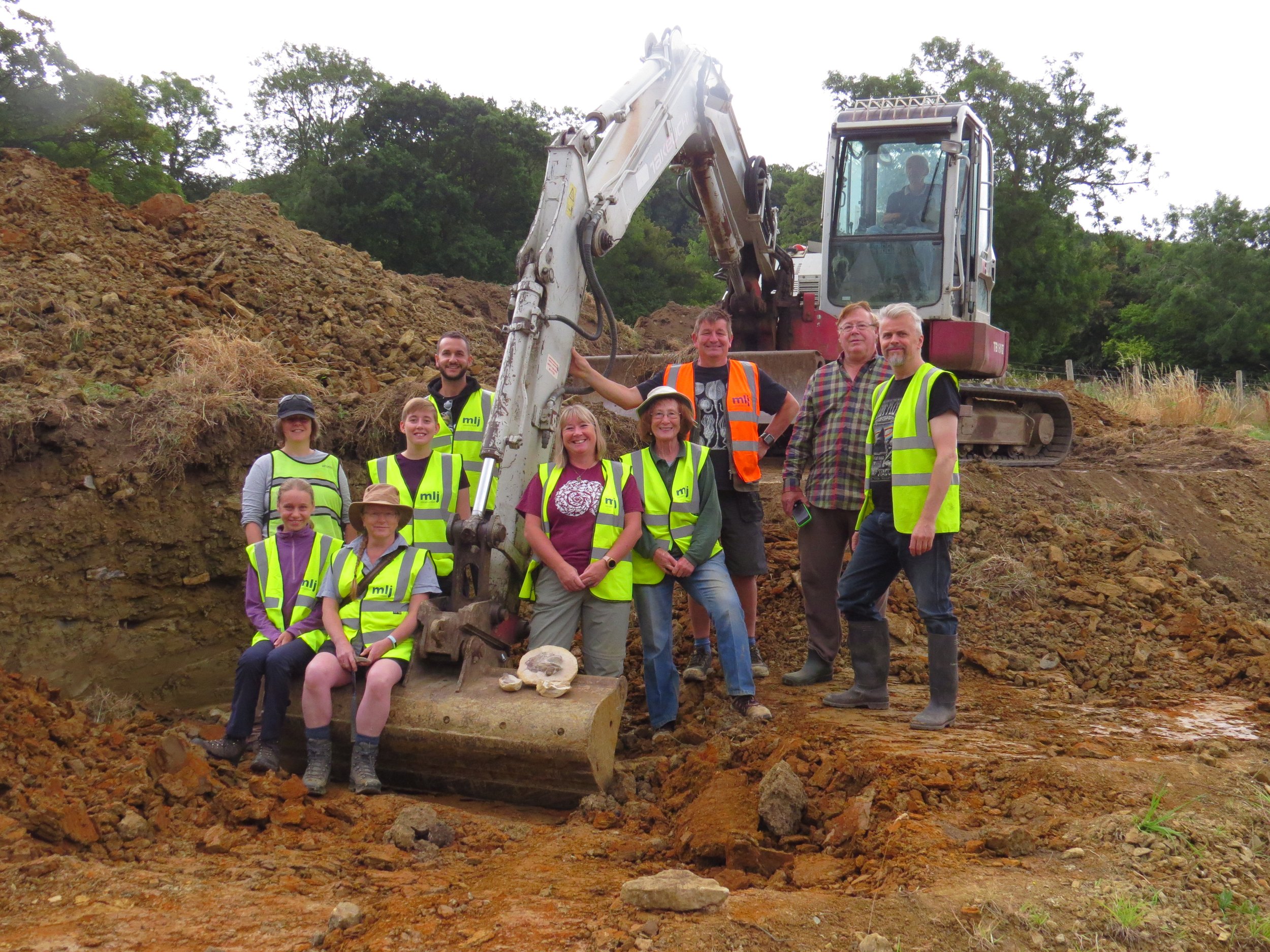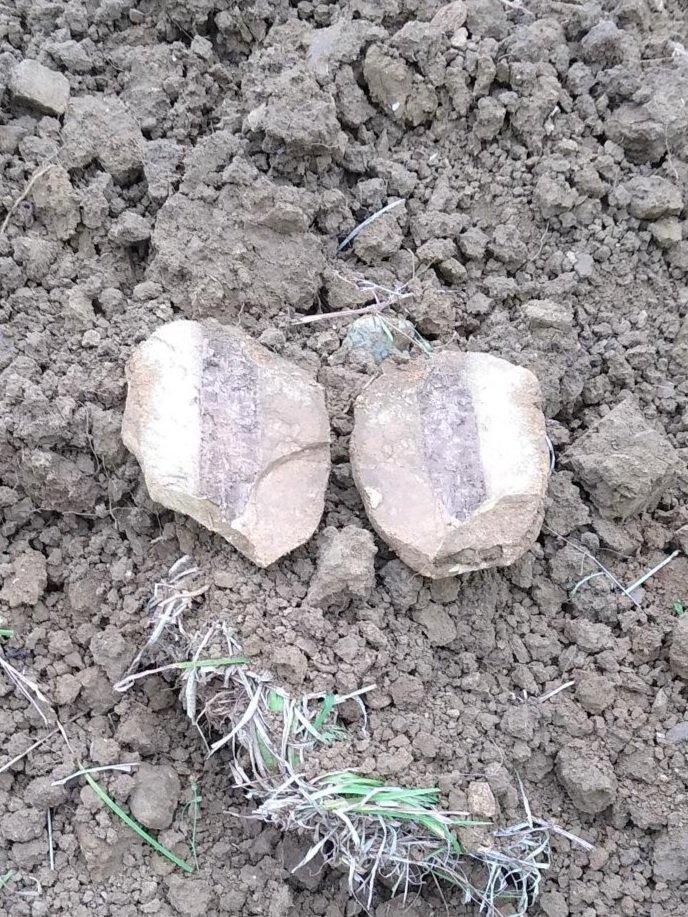Day 1 - Wednesday
/We meet at the Boho Bakery – a café near to our excavation site at 9am for introductions and a safety briefing.
The team consists of:
· Sally & Nev Hollingworth who discovered the site, but are best known for discovering the mammoth site at Cerney Wick last year
· Dean Lomax from the University of Manchester. Famed for his work on the Rutland Ichthyosaur, Dean is a renowned palaeontologist and writer, and is familiar with the Museum having looked at our collections for his book ‘Dinosaurs of the British Isles’ published in 2014
· Nigel Larkin, geological curator, conservator, preparator and all-round expert in all things Natural Science. I have worked with Nigel before on reports concerning the Museum’s collections, so he too is a familiar face
· David & Alison Ward – experts in fossil sharks, from the Natural History Museum
· Emily Swaby a PhD student from the open university who is studying fossil insects from the Toarcian stage of the early Jurassic
Throughout our time on site we will be joined by other people, but this is the core team.
Blog by Alexia Clark, Documentation & Collections Officer
The team
Having seen the amazing fossils Sally & Nev have already discovered at the site we’re all excited to get going so we make our way down to the site and meet Pat – the digger driver. Nev outlines his plan for the week, and we begin by field-walking the area to be excavated picking up bits of belemnite and ammonite, as well as marking the length of the bank out into 10m sections.
Pachycormus - Found by Sally and nev in advance of the dig
I set up a documentation station ready to record the finds as they’re made – we’ll be recording the location the find was made, the type of fossil and any other pertinent information we can see, as well as allocating each find a unique number.
David and Alison are assembling a very complicated system of tanks, hoses and buckets – I think the intention is to gather samples of earth or clay and then to wash and sieve it in order to search for tiny fossils and other material which could be missed by the excavation techniques employed elsewhere on site.
The digger starts scraping back the soil and almost immediately round nodules of limestone are being exposed. The first of these to be split reveals a beautiful section of fossilised wood, and anticipation is high for what we might find next.
Fossil Wood from the first nodule to be split
The nodules are placed in buckets and taken down to a base camp under the eaves of the barn for cleaning, splitting and recording. I get involved in scrubbing the clay off the nodules, but I’m not quite brave enough (and also much too clumsy) to be trusted with a lump hammer and chisel, so I don my safety glasses and watch the experts split the rocks from a safe distance.
As the only non-palaeontologist on site I am very much the novice and there’s lots to learn. However, when small fragments of pottery, glass and clay pipe are found I am suddenly the expert! Sadly none of these finds are worthy of recording in my site catalogue.
As the day progresses we find lots of nodules with the impression or mould of an ammonite on the top, but save for blocks with many tiny pieces of fish scale and bone, actual fossils are few and far between and we’ve certainly not seen anything like the finds Sally and Nev showed us earlier. We’re also finding that the stone is much harder than we expected – unlike most of the limestone around here which is soft and easy to cut, these nodules have a hard grey centre, and the splitters really have their work cut out for them. By late afternoon, the area by the barn resembles the work site of a chain-gang!
Ammonite Impression
We call it quits at around 5pm having excavated about 25 metres along the bank and created an enormous pile of stone nodules for processing. We agree arrangements to be back on site at 8.30 tomorrow with renewed vigour and excitement for what we’ll find as we continue to excavate.







